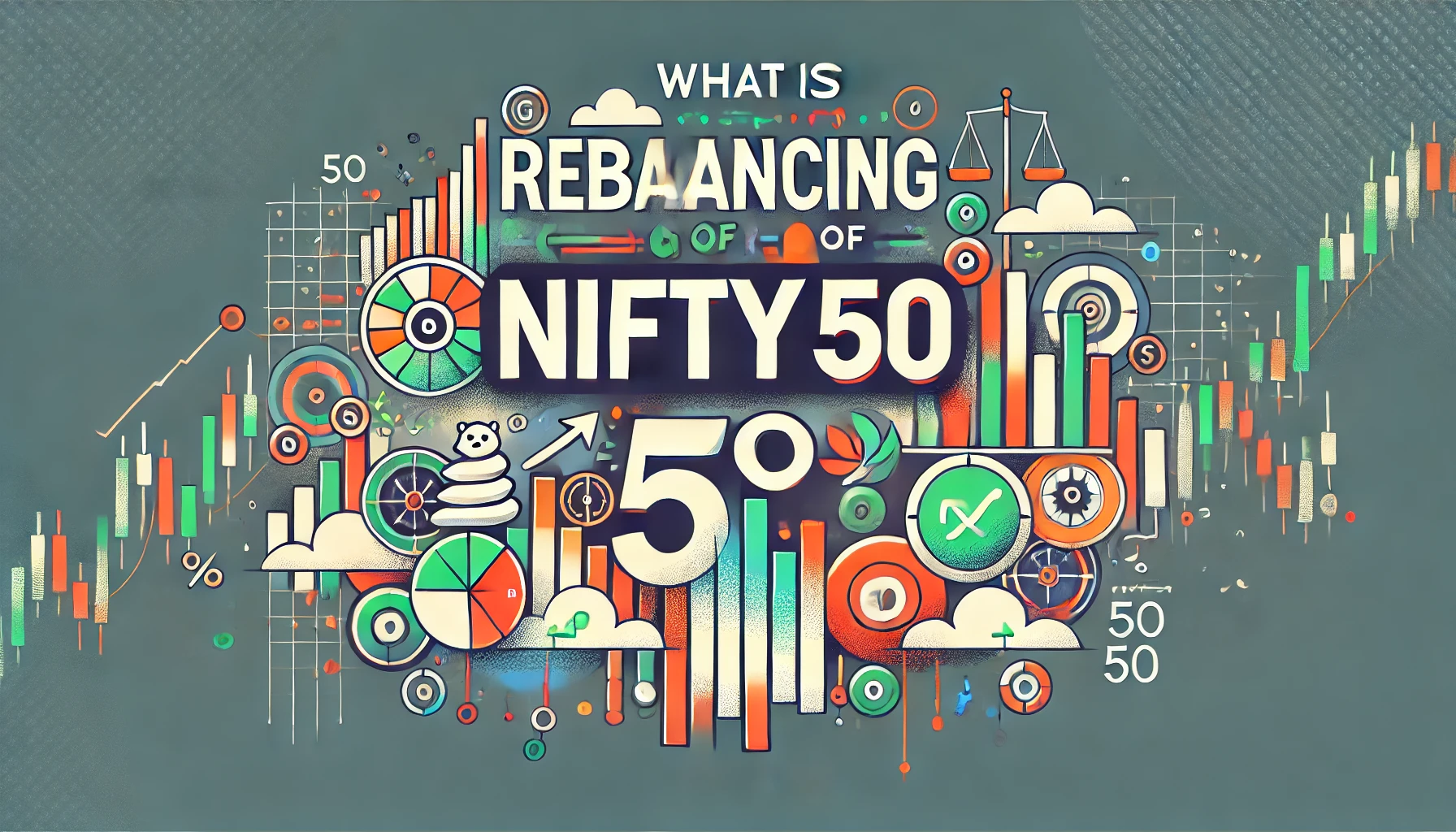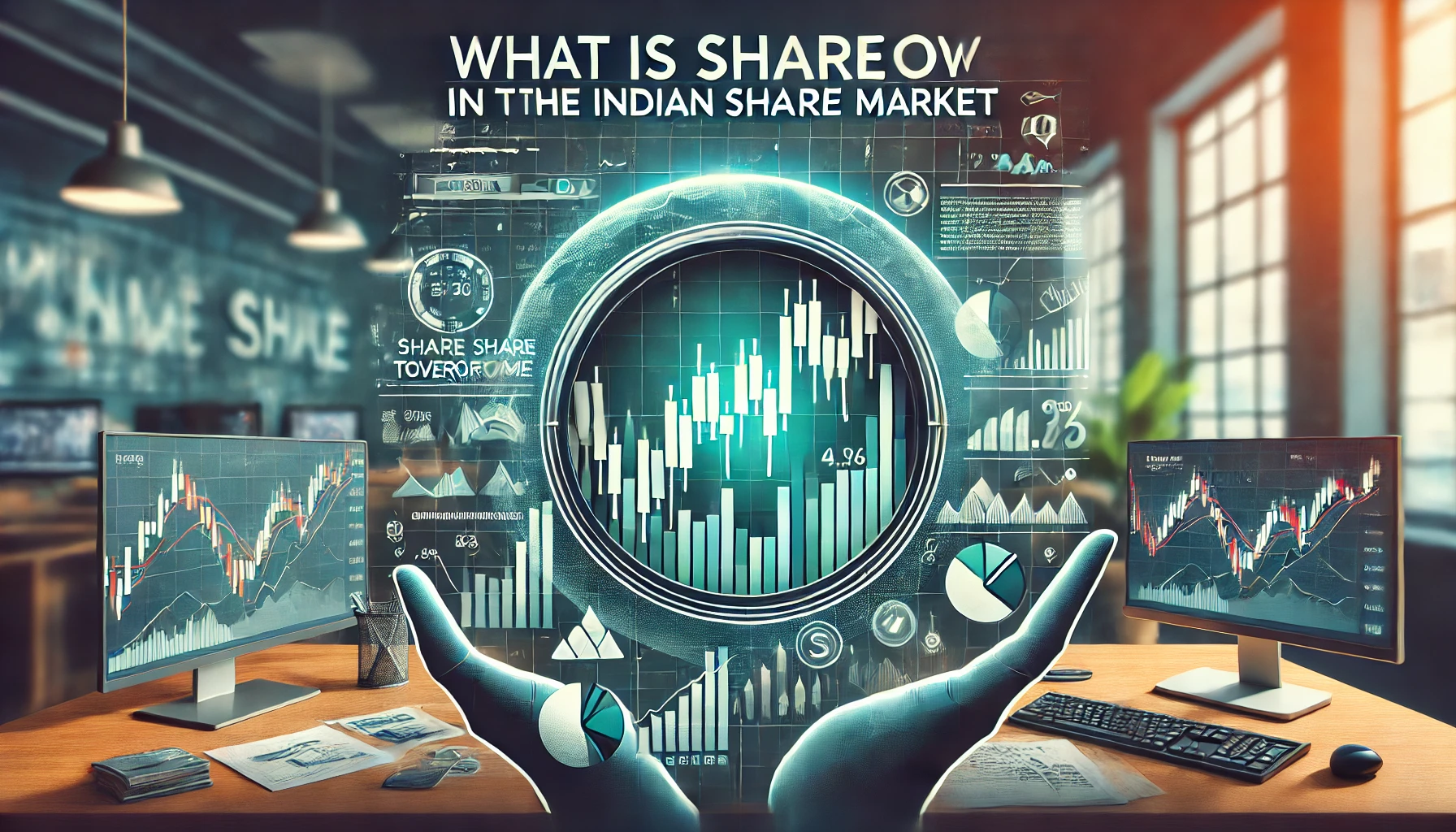The Indian share market is a complex ecosystem with multiple components facilitating various trading activities. While the primary and secondary markets are widely recognized, the third market plays a significant yet lesser-known role. This blog delves into the third market, its concept, significance, and the role it plays in the broader financial framework.
Table of Contents
- Introduction to the Third Market
- Key Features of the Third Market
- Evolution of the Third Market
- Difference Between Primary, Secondary, and Third Market
- Third Market Participants
- Importance of the Third Market
- Challenges in the Third Market
- Examples of Third Market Trades
- Third Market in India: Historical Context
- Regulations Governing the Third Market
- Technological Impact on the Third Market
- Future Prospects of the Third Market
- Conclusion
1. Introduction to the Third Market
The third market refers to the over-the-counter (OTC) trading of securities that are listed on an organized exchange, but the transactions occur outside the exchange framework. Unlike the primary and secondary markets, where regulatory oversight is strict, the third market provides a flexible trading environment.
Definition:
The third market is where institutional investors trade listed securities without using traditional stock exchanges.
2. Key Features of the Third Market
The third market exhibits unique characteristics, including:
| Feature | Description |
|---|---|
| Over-the-counter trading | Transactions occur directly between brokers or institutions. |
| Bulk trading | Suitable for large transactions by institutional investors. |
| Lower transaction costs | Reduced brokerage and fees compared to exchange trading. |
| Anonymity | Offers confidentiality to the trading parties. |
3. Evolution of the Third Market
The third market concept originated in developed markets like the US to provide institutional investors a platform for trading securities in bulk. In India, its adoption gained traction with the liberalization of the financial sector in the 1990s.
Key Milestones:
- 1991: Liberalization opened doors for institutional investments.
- 2005: Introduction of algorithmic trading facilitated OTC transactions.
- 2020 onwards: Increased digitalization and fintech integration expanded third-market trading avenues.
4. Difference Between Primary, Secondary, and Third Market
| Aspect | Primary Market | Secondary Market | Third Market |
|---|---|---|---|
| Function | Issuance of new shares | Trading of existing shares | OTC trading of listed shares |
| Participants | Issuers, investors | Investors, brokers | Institutional investors |
| Regulation | High | High | Moderate |
5. Third Market Participants
Participants in the third market are generally sophisticated and include:
- Institutional Investors: Mutual funds, insurance companies, pension funds.
- High Net Worth Individuals (HNIs): Engaged in bulk trading.
- Market Makers: Brokers facilitating OTC transactions.
6. Importance of the Third Market
a) Enhanced Liquidity
The third market ensures liquidity for institutional investors who prefer OTC trading for large volumes.
b) Price Discovery
Bulk trades influence the market sentiment and help in better price discovery for listed securities.
c) Cost Efficiency
Reduced transaction fees make the third market a cost-effective choice for large-scale trading.
7. Challenges in the Third Market
Despite its advantages, the third market faces several challenges:
- Lack of Transparency: Limited public disclosure of OTC trades.
- Regulatory Concerns: Minimal oversight compared to exchanges.
- Counterparty Risk: Higher risks due to direct transactions.
8. Examples of Third Market Trades
Let’s consider a real-world example:
- Case Study: An institutional investor holding significant shares in Infosys opts for a third-market transaction to sell its holdings in bulk to another institutional investor. This avoids price fluctuations that could occur on an exchange.
9. Third Market in India: Historical Context
The Indian financial markets saw the emergence of third-market activities post-liberalization. The rise of foreign institutional investors (FIIs) and domestic institutional investors (DIIs) significantly boosted OTC trades.
Historical Data on Third Market Trades
| Year | Approx. Volume (INR Billion) | Major Participants |
|---|---|---|
| 2000 | 500 | FIIs, Mutual Funds |
| 2010 | 1,500 | Pension Funds, Insurance |
| 2023 | 3,000 | Sovereign Wealth Funds |
10. Regulations Governing the Third Market
In India, third-market trades are governed by:
- SEBI (Securities and Exchange Board of India): Ensures fair practices in OTC trading.
- RBI (Reserve Bank of India): Monitors foreign exchange-related transactions.
Key Guidelines:
- Trades must comply with SEBI reporting requirements.
- Anti-money laundering norms apply to OTC deals.
11. Technological Impact on the Third Market
Advancements in technology have streamlined third-market operations:
- Algorithmic Trading: Automation of large trades.
- Blockchain: Ensuring secure and transparent transaction records.
- AI and Analytics: Enhancing decision-making capabilities.
12. Future Prospects of the Third Market
The future of the third market in India looks promising with:
- Increased Participation: Growth in institutional investors.
- Technological Integration: Blockchain and AI adoption.
- Policy Reforms: Evolving regulations to ensure transparency and efficiency.
13. Conclusion
The third market is a pivotal component of the Indian share market ecosystem, providing institutional investors with an alternative platform for bulk trading. Its role in enhancing liquidity, facilitating cost-effective transactions, and supporting market dynamics is undeniable. However, addressing challenges like transparency and regulatory oversight will be crucial for its sustained growth.



























































